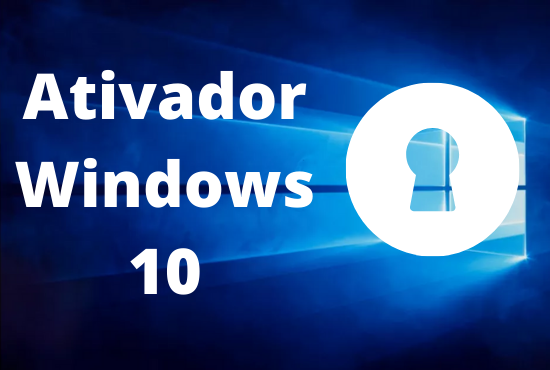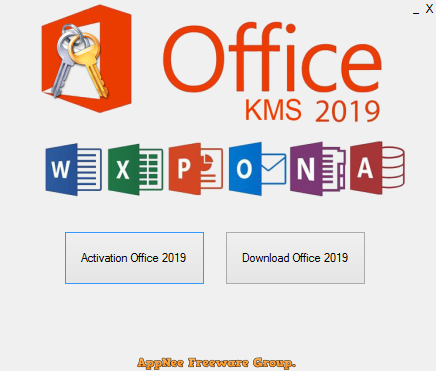
Anti-phishing protection in EOPĮOP (that is, Microsoft 365 organizations without Microsoft Defender for Office 365) contains features that can help protect your organization from phishing threats: Fortunately, Exchange Online Protection (EOP) and the additional features in Microsoft Defender for Office 365 can help. With the growing complexity of attacks, it's even difficult for trained users to identify sophisticated phishing messages. For more information about recovering from a ransomware attack, see Recover from a ransomware attack in Microsoft 365. Anti-phishing protection can't help you decrypt encrypted files, but it can help detect the initial phishing messages that are associated with the ransomware campaign. Ransomware that encrypts your data and demands payment to decrypt it almost always starts out in phishing messages. Whaling is directed at executives or other high value targets within an organization for maximum effect.īusiness email compromise (BEC) uses forged trusted senders (financial officers, customers, trusted partners, etc.) to trick recipients into approving payments, transferring funds, or revealing customer data. Spear phishing uses focused, customized content that's specifically tailored to the targeted recipients (typically, after reconnaissance on the recipients by the attacker). There are specific categories of phishing.

Phishing is an email attack that tries to steal sensitive information in messages that appear to be from legitimate or trusted senders.



The improved Microsoft 365 Defender portal is now available.


 0 kommentar(er)
0 kommentar(er)
